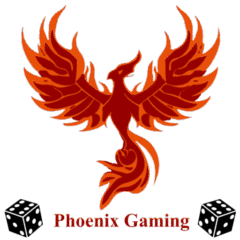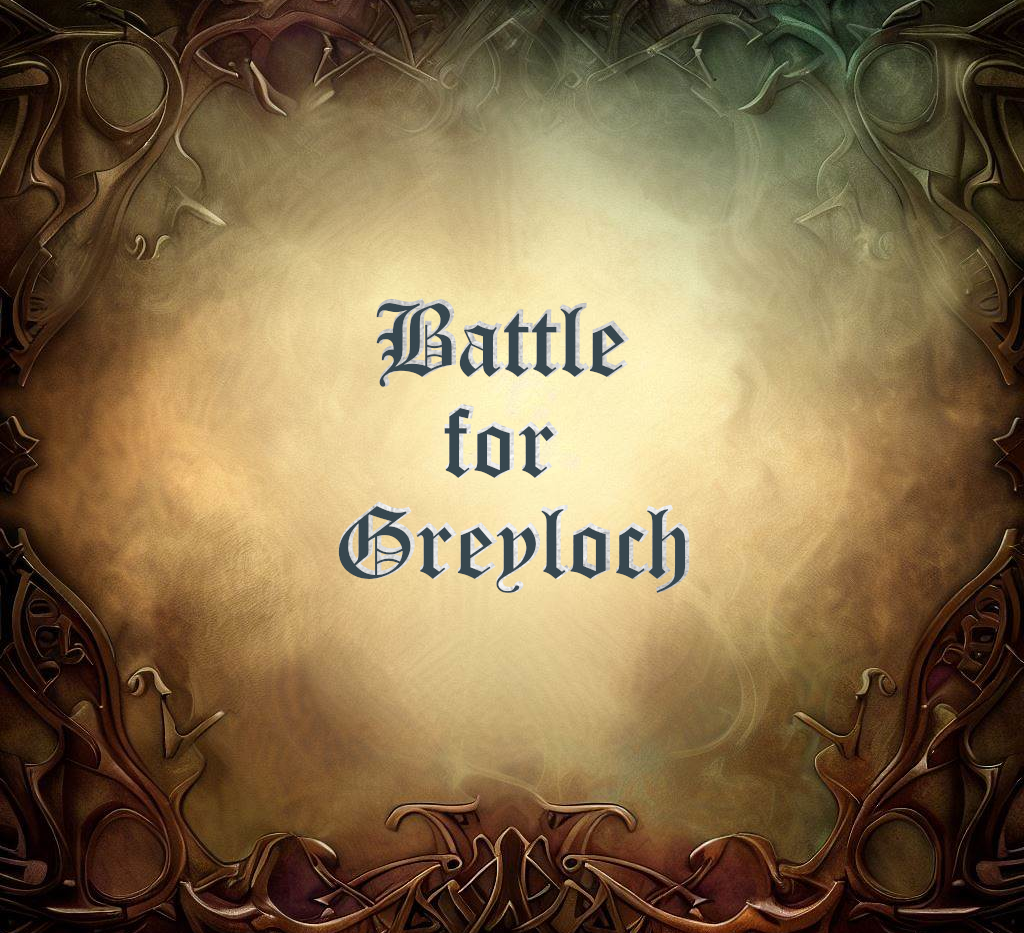First of all. I’ve been talking about Greyloch for a long time now. I know it. You know it. You’re probably tired of me periodically speaking on it. But too bad. That’s what I’m going to do right now.
This is the first time I’ve spoken on how the mechanics work, and today we are going to focus on how Unit Activations work.
Activation Cards
Greyloch is built on Hounds of War, a system that works very similarly to GURPS, if you’re old enough to remember that. It features a build-a-bear type system, and if you like spending hours building individual model’s rules, this book is all you need! (It really is quite something how it works!)
I mention this because if you are familiar with it, Greyloch implements a slightly tweaked version of its activation system, which utilizes cards to determine turn sequence.
At the start of the turn you build your activation deck. You will need as many cards as you and your opponent have total units. Each one should be numbered, starting with one. This means if I have 10 units, and you have 10 units we need 20 cards numbered 1-20. Pretty straight forward.
Once the deck is together you shuffle it (Makes sense so far!), then you deal the cards out. Each player should end up with 1 card per unit (meaning if you have 7 units you should have 7 cards.
Once both players have their cards, the will look at their units on the table and secretly assign the cards to the units. Don’t let your opponent know! This is effectively the initiative order, and you want every advantage possible in the battles over the lands of Greyloch!
Quick Break for an ad!
Once all of the units are assigned a card, the player that has the card numbered “1” activates the unit that was assigned card “1” and performs their activation!
Players then activate units in numerical sequence (2, then 3, then 4, etc).
What this does is creates a simple way to determine turn sequence, but also adds a deeper layer of strategy to the game. If I draw 1, but then my next highest card is 5, that means I’ll activate first, but I know my opponent is going to activate 2, 3, and 4. So where I place my 1, and which unit I activate first is extremely important!
You know what else is cool? This isn’t simply a “I go, you go”, game! You will be talking, moving, interacting, and it will feel like you’re actually playing a game, rather than having time to go home, make a sandwich, clean the toilet, and then get a massage while you wait for your opponent’s turn.
This isn’t the full/final system, as different characters may have ways to manipulate the cards just a bit. We are still ironing out the details, but I wanted to share with everyone how bits of the game work!
Chris


